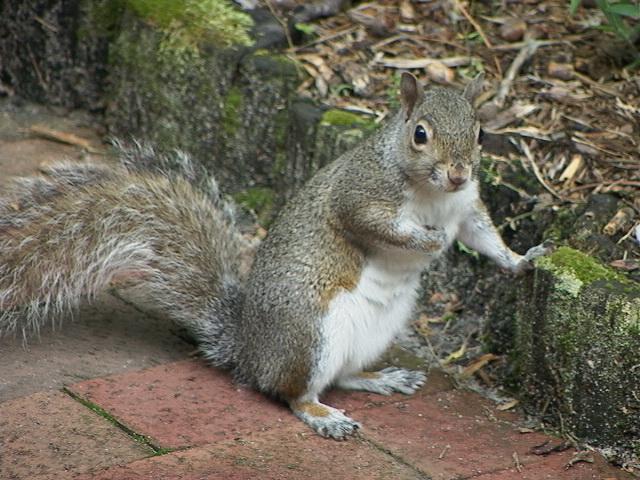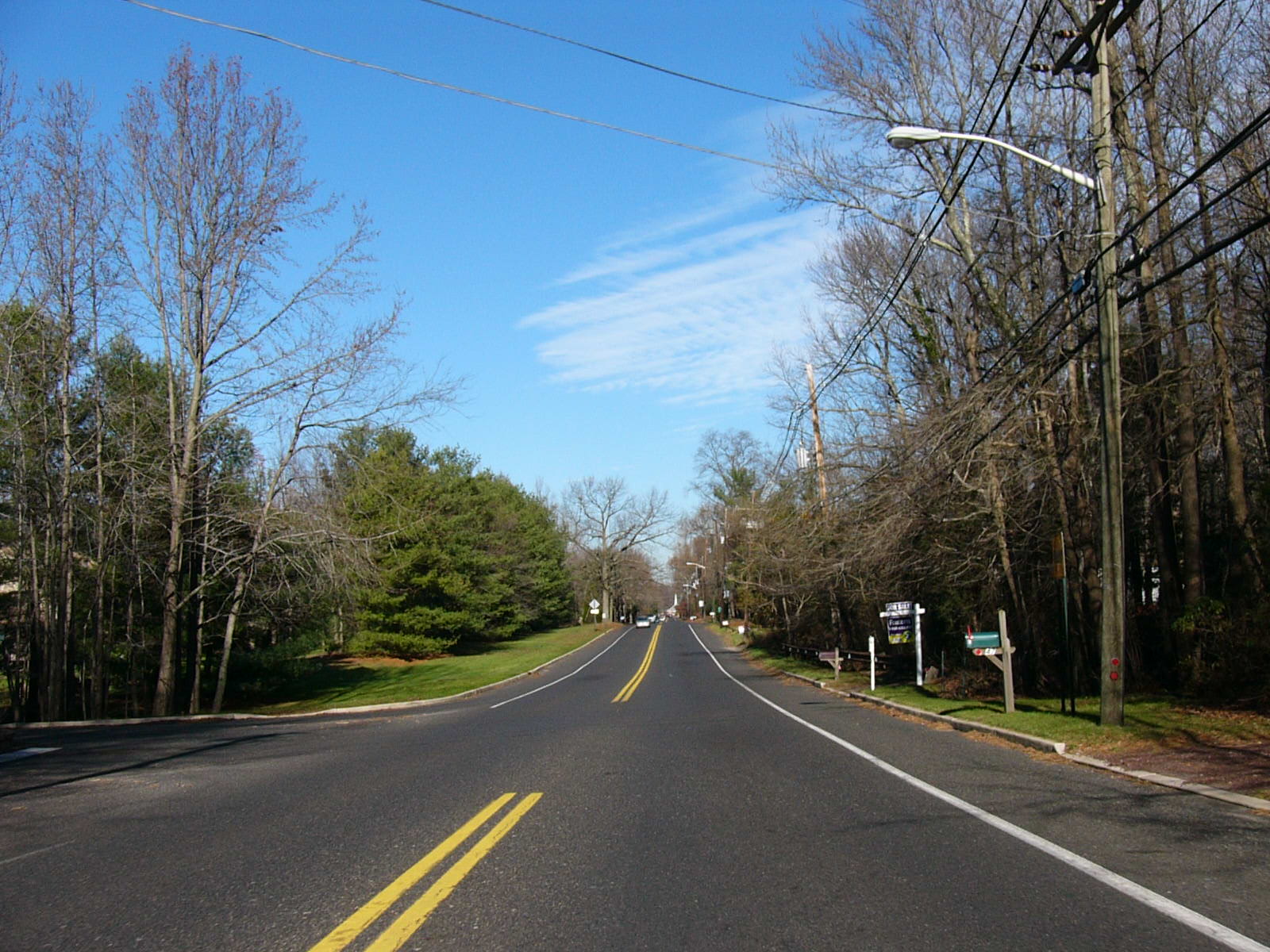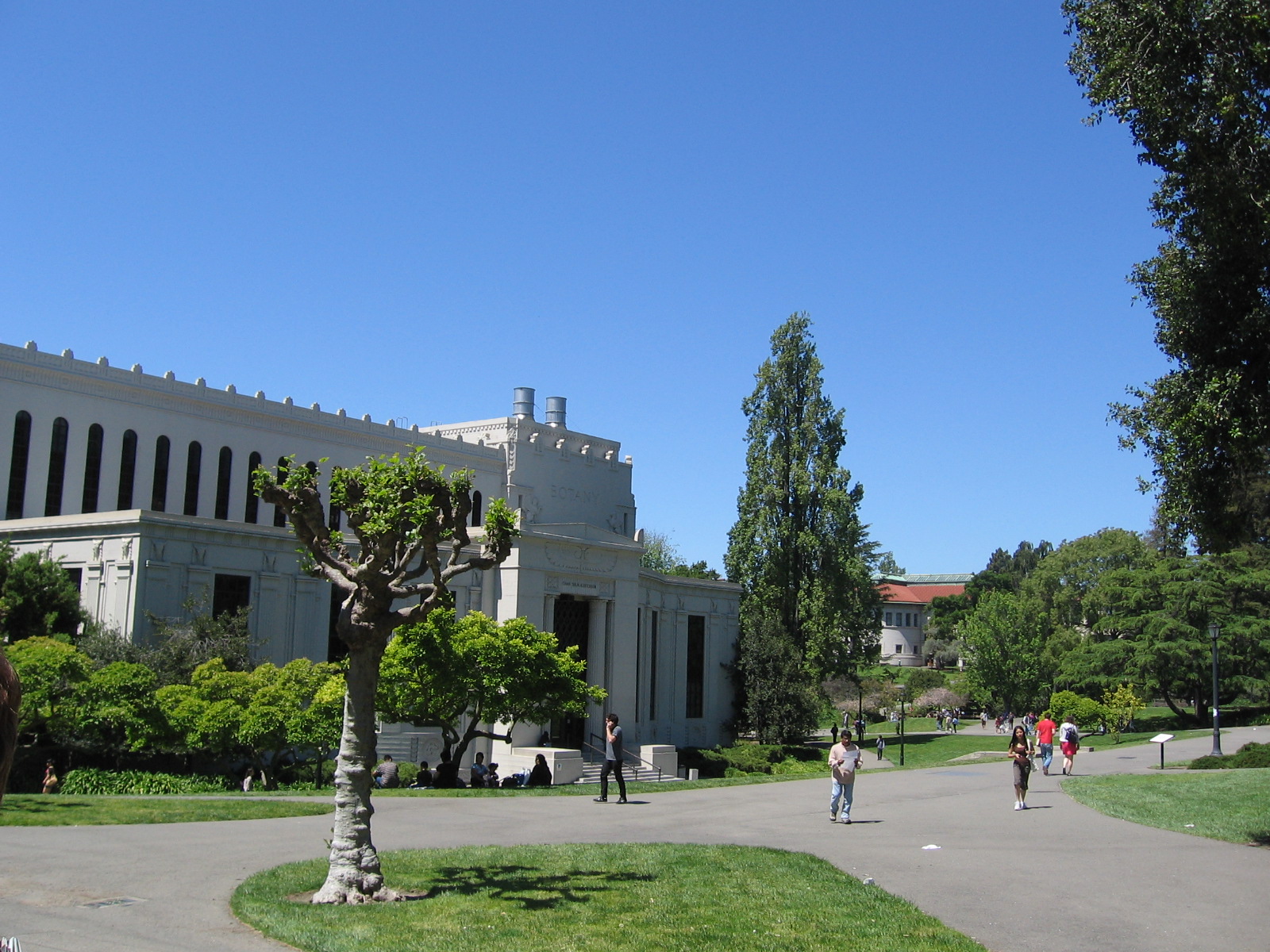Primer: The Principles Of 3D Video And Blu-ray 3D
Today we're partnering up with the experts at CyberLink to introduce the principles underlying 3D video, how it is created, and how it's displayed. Our main interest is Blu-ray 3D, so we'll be exploring the tech your 3D-enabled home theater might include.
Depth Perception
Humans (and most predators) have two eyes in the front of their head. This “binocular vision” improves depth perception, letting a hunter estimate the distance to its prey.
In addition to stereoscopic vision, depth perception also comes from a number of monocular depth cues (depth perception cues that can come from only one eye, or more precisely, that come from the 2D version of the picture that you see). These cues are important to good 3D video, as your brain will expect your stereoscopic perception to closely match your 2D perception of the scene you are viewing.
Monocular cues include:
Your memory of the shape and size of different objects: combined with the relative size of the image you see, this lets you perceive the distance to that object. For example, in the photo below, if you are familiar with the size of the bricks that the squirrel is standing on, you can quickly perceive the size of the squirrel, and your distance to the squirrel.
Perspective: Objects at greater distances appear smaller than near objects. Parallel lines appear to converge as distance increases. This effect is obvious as you stand on a straight road or path and look down the road, or when you look up at a tall building.
Occlusion (interposition): If we see two objects, where the first object is blocking part of a second object, we recognize that the first object is closer. In the photo below, you can tell that the tree in the center is closer than the building because it is blocking your ability to see part of the building. Occlusion helps us estimate the relative distance of objects in the photo.
Shadows and Highlights: Help us to see objects that are raised above or recessed into a surface. In the photo above, we can see that there are bumps on the tree trunk, thanks to the shadows and highlights.
Get Tom's Hardware's best news and in-depth reviews, straight to your inbox.
-
JohnnyLucky Very informative primer. Lots of information that was easy to undertsand.Reply
Unfortunately I am one of those who recently purchased a new TV. It will be quite some time before I upgrade. -
TheGreatGrapeApe Nice article, but I think there's a few issues with regards to the overall balance of the information being put forth.Reply
I understand the author's preference for shutter glasses (especially since it's a certain product's preferred method of choice) even if I don't share it, the major limitation is having to buy a pair for all your friends coming over, which gets impractical until they are more commonplace.
Also polarized solutions are not limited in resolution if they are set-up beyond just the example provided in this article (like they do in the theatre with dual projectors ) and may have an improving single source future with 2K and 4K displays on the horizon. It's a question of preference, but it seems like the full story wasn't explored on that subject.
Now on to a pet peeve: I love the part about "While set-top Blu-ray players will need to be replaced, PC-based Blu-ray player software can be upgraded." as a subtle product benefit plug.
Unless it's a free upgrade, you are still replacing the software, not upgrading it (it's not a plug-in), and you're likely forking out nearly the same amount of money for the 1/100th of the cost to produce that software update, so it's not like it's a major advantage. Especially when upgrading requires a FULL upgrade to the most expensive model Power DVD (version #) Ultra 3D, and I can't simply add it to my existing PowerDVD bundles thus potentially changing my backwards compatibility (Ultra 9 already removed my HD-DVD support from Ultra 7 that I upgraded on my LG HD-DVD/BR burner
, until then it's $99 (or $94.95 for loyal saps) vs $150-200, plus with the set-top route now I have a second BR-/DVD player for another room or to give to a friend (the BR software on its own is useless to give to someone else without a drive), and that's not even compared to the free PS3 upgrade.
Also can someone explain this statement;
"Blu-ray 3D video decoding solutions can be expected for ATI Radeon 5000-series graphics in the future."
Didn't Cyberlink already show their BR-3D solution on ATi hardware last year? So what's the issue?
Also why is it limited to "GeForce 300M-series mobile graphics" when often the core is the same a previous generation 200M series (example GTS 350M / 250M )?
And this section "Full-quality 120 Hz frame-sequential 3D video (such as Blu-ray 3D) is only supported through a High Speed
HDMI cable to a HDMI 1.4-compliant TV. " seems to miss the DVI dual-link to monitor option currently being used for 3D on PCs, and also the dual 1.3 input monitors/TVs.
A nice little article for people unfamiliar with 3D, but there's a subtle under-current of product preference/placement in it, and far too many generalities with little supporting information. :??:
-
hixbot well done. I would of liked more detail on the hdmi 1.4 spec, specifically framepacking and the mandatory standards (no mandatory standard for 1080p60 framepacking).Reply
also some info on AVRs and how a 1.3 hdmi AVR might pass on 3d video and still decode bitstream audio, or not - do we need 1.4 hdmi AVRs to decode audio from a 1.4 source? we shouldn't need 1.4 receivers since the audio standards haven't change, but I'm understanding that in fact we do neeed new receivers. :/ -
ArgleBargle Unfortunately for people with heavy vision impairment (astigmatism, etc.) which require corrective lenses, such 3D technology is out of their reach for the time being, or at least next to useless. Until some enterprising company comes out with 3D "goggles", people who wear corrective lenses might as well save their money.Reply -
boletus 3D is cool, and high definition video is cool. But Sony's moving target of a BD standard is not cool, and Cyberlink's bait and switch tactics are not cool (unless you have bundles of money you can throw at them every 6-12 months). I sent back my BD disk drive (retail, with Cyberlink software) for a refund after finding out that I would have to shell out another $60-100 just so I could watch a two-year old movie. As far as I'm concerned, high definition DVD video is dead until some more open standards and reliable software emerge.Reply -
cangelini Great,Reply
This piece is a prelude to tomorrow's coverage, by Don, of Blu-ray 3D on a notebook and a desktop. Perhaps that one will answer any of the questions you were left with here?
As for AMD, Tom and I went back and forth on this piece, and we agreed that it was critical to get AMD's feedback on Blu-ray 3D readiness. The fact of the matter is that it isn't ready to discuss the technology. It's behind.
The mention of dual-link DVI was in the first revision of this piece and removed in a subsequent iteration. I've asked the author for additional clarification there and should have an answer shortly.
-
cangelini So it turns out there were two sections on this and one was cut accidentally. Should be good to go now, though--dual-link DVI is discussed with PC displays!Reply -
cleeve TheGreatGrapeApeAlso can someone explain this statement;"Blu-ray 3D video decoding solutions can be expected for ATI Radeon 5000-series graphics in the future."Didn't Cyberlink already show their BR-3D solution on ATi hardware last year? So what's the issue?Reply
It turns out the demo (I think it was at CES?) only used CPU decoding over an ATI graphics card; the Radeon did no software decoding.
The Cyberlink rep tells me that Blu-ray 3D software decoding is extremely CPU-dependant and might even require a quad-core CPU. He said all four threads were being stressed under software decoding, not sure what quad-core CPU they were using though.
Definitely something I'd like to test out in the future...
-
Alvin Smith This was a very informative and well written article BUT, I chose to skip to the last two pages ... Because ...Reply
These implementations, while ever more impressive, are still being threshed out. Because of possible physiological side effects, I think I will NOT be a first adopter, with this (particular) tech (3D).
Anyone ever watch that movie "THE JERK", with STEVE MARTIN ??
= Opti-Grab =
... I can see all these class-action suits by parents of cross-eyed gamers ... hope not, tho ... I *AM* very much looking forward to the fully refined "end game", for 3D ...
Additionally, the very best desktop workstations are only just now catching up to standard (uncompressed) HD resolution ingest and edit/render ... since that bandwidth IS shared, between both eyes, this may be a non-issue.
I will let the kiddies and 1st adopters take-on all those risks and costs.
Please let me know when it is all "fully baked" and field tested!
= Alvin = (not to mention "affordable").


